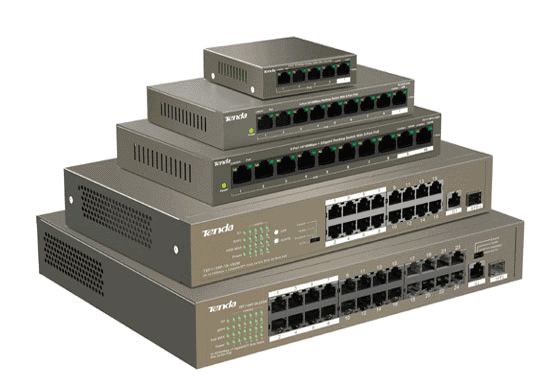It goes without saying that having a CCTV camera installed at your premises acts as a serious deterrent to criminals and anyone carrying out illegal activities. Even the mere sight of a CCTV camera represents the presence of the law; deterring any potential criminals and opportunists from your property.
All companies throughout commercial properties such as office buildings and retail outlets require careful consideration of integrated security solutions. Although security guards provide an element of protection, their eyes and ears are not extensive enough to over watch the entire premises. This is where cameras within CCTV security systems play a crucial role within the daily running of a business.
The rapid development within modern IP technology hasn’t evaded the security industry. IP surveillance systems are becoming ever more popular; 2019 alone was reported as the year the CCTV and video surveillance market came to a “tipping point”, with revenue for network video overtaking analogue for the first time ever, according to The World Market for CCTV and Video Surveillance Equipment from IMS Research.
In other words, an increasing number of new surveillance projects are now completely IP-based and need qualitative network equipment to work properly. There are a lot of different network peripherals on the market, but a key question is how do you choose and use them efficiently to ensure your system reaches the maximum performance in every operating environment?
All available image monitoring and traffic processing capabilities of a device can and should, of course, always be tested in the hunt for optimised performance. However, these assessments of different types of IT devices must be done correctly for the output data to provide critical information on the device capabilities. Here we examine the commonly heard of “backbone full wired speed” and “PoE capability” to see how these functions should be defined and tested.

One large product group that is important to know about when setting up a camera system for IP surveillance is switches. A network switch plays an integral part in most modern Ethernet local area networks (LANs), and a network can have more than one switch. The switch only sends data to the receiver that is supposed to have access to the given information. In this way, a network doesn’t overload when data is sent. This also ensures higher security as it is hard to gain access to information not meant for another computer.
Matt Philip, Managing Director, Quality Essential Distribution said:
“We made a decision to partner with Tenda as they are recognised as a leading supplier of networking devices. More importantly, we believe customers will reap the biggest benefit as we will offer a range of high-performance networking solutions at a very competitive price.”
“For example, the 9-port fast Ethernet switch has 9 10/100 Mbps RJ45 ports, equipped with large packet buffer, which ensures smooth streaming even when 8 HD IP cameras are working simultaneously. You can enable port VLAN mode of the switch to protect your LAN network from broadcast storm and prevent loss of monitoring images. It also offers 6 kV lightning protection for its uplink port and with our unpredictable weather this can only be a plus!”
“In my view it’s the perfect choice for small and medium-sized IP surveillance projects and enterprises which will not only ensure better performance, but also better surveillance.”
There are many further reasons as to why CCTV surveillance requires a good switch as an advantageous installation for any business premises; so why not consider installing a switch at your company’s site and providing yourself and your staff a total peace of mind in terms of safety of your operations?


